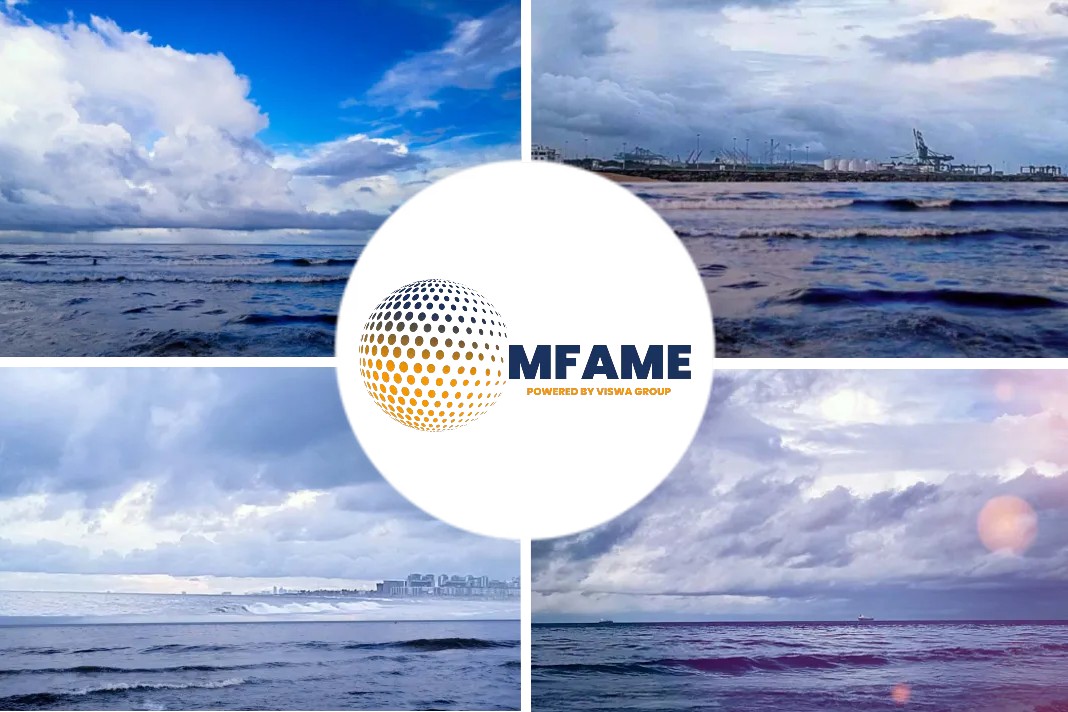A recent news article published in the Nepia states that a Most Dangerous Trade: The Problems of Liquefaction.
Carriage of solid bulk cargoes
This article looks at the insurance implications surrounding the carriage of solid bulk cargoes which may liquefy and how claims arising from liquefaction are typically dealt with.
“In a word, what [the master] was being offered was a wet wolf in a dry sheep’s clothing and there was nothing to put him on notice that the cargo was something radically and fundamentally different from that which it appeared to be. In those circumstances it seems to me that the cargo was dangerous beyond all argument.” – Mr Justice Donaldson, 1968
So said Mr Justice Donaldson in 1968 when dealing with a case where a master had been misled by shippers about the true moisture content of a cargo of iron ore[1]. In that case, the cargo, although appearing dry during loading, liquefied during the voyage causing the ship to put into a port of refuge and re-stow. The charterer was held responsible for the expenses incurred and for the payment of hire throughout, but the situation could have been much more lethal. It is estimated that more than 100 seafarers have lost their lives following cargo liquefaction. Delays arising from the discovery of cargo liable to liquefy can cost millions of dollars. Claims arising from the loss of a vessel due to liquefaction cost tens of millions of dollars and can cause considerable reputational damage.
What is liquefaction?
Liquefaction in the context of carriage of goods by sea describes the phenomenon whereby an apparently solid bulk cargo behaves in a manner similar to a fluid. Various mechanisms within the cargo mass contribute to liquefaction, including moisture content, degree of saturation, pressure within the particle pore spaces and the loss of inter-particle frictional force. Liquefaction can occur slowly over time or instantaneously without warning. ‘Dynamic separation’ can occur during a voyage whereby the cargo consolidates at depth, with moisture / fine particles in the cargo forced to the surface, flattening the stow profile and creating a free-surface effect and cargo shift[2].
The process is typically triggered by the exposure of the cargo to cumulative stress from ship motions during a voyage. Once a cargo has begun to liquefy or dynamically separate within the ship’s hold, the process is irreversible, and the ship’s intact stability may be adversely affected. Depending on the cargo and sea conditions, the vessel may capsize.
Typical cargoes affected by liquefaction include nickel ore, iron ore fines, bauxite fines, mineral concentrates and some by-products such as ‘red mud’, although this list is by no means exhaustive and many other solid bulk cargoes are susceptible to the risk of liquefaction.
International legal regime
The carriage of solid bulk carriages by sea is regulated by the International Maritime Solid Bulk Cargoes (“IMSBC”) Code. The Code was first adopted by the International Maritime Organisation on 04 December 2008 and entered into force on 01 January 2011. It is of mandatory application under the Safety of Life at Sea (“SOLAS”) Convention and is revised every two years. SOLAS was first adopted in 1914 after the sinking of the Titanic and by the 1960s it was recognised that the IMO should draw up and sponsor an internationally acceptable code of safe practice for the shipment of bulk cargoes. This led to the publication of the Code of Safe Practice for Solid Bulk Cargoes (the “BC Code”) in 1965, which was subsequently replaced by the IMSBC Code.
The Code divides a number of solid bulk cargoes into three groups and, when it comes to liquefaction, cargoes fall into either Group A, which consists of cargo which may liquefy, or Group C, which should not. However, a cargo only falls within Group C where it comes within the description, physical properties and characteristics set out in the schedules to the Code. If not, it should be treated as a Group A cargo. Before 2020 for instance, bauxite consisting of a defined particle size was identified as a Group C cargo; bauxite falling outside of those parameters could only safely be treated as cargo which had the potential to liquefy. In the 2020 Edition of the Code, a new schedule was added for bauxite fines (a Group A cargo) where the product contains fine particles such that the moisture in the cargo cannot drain freely.
Did you subscribe to our daily Newsletter?
It’s Free! Click here to Subscribe
Source: Nepia


























